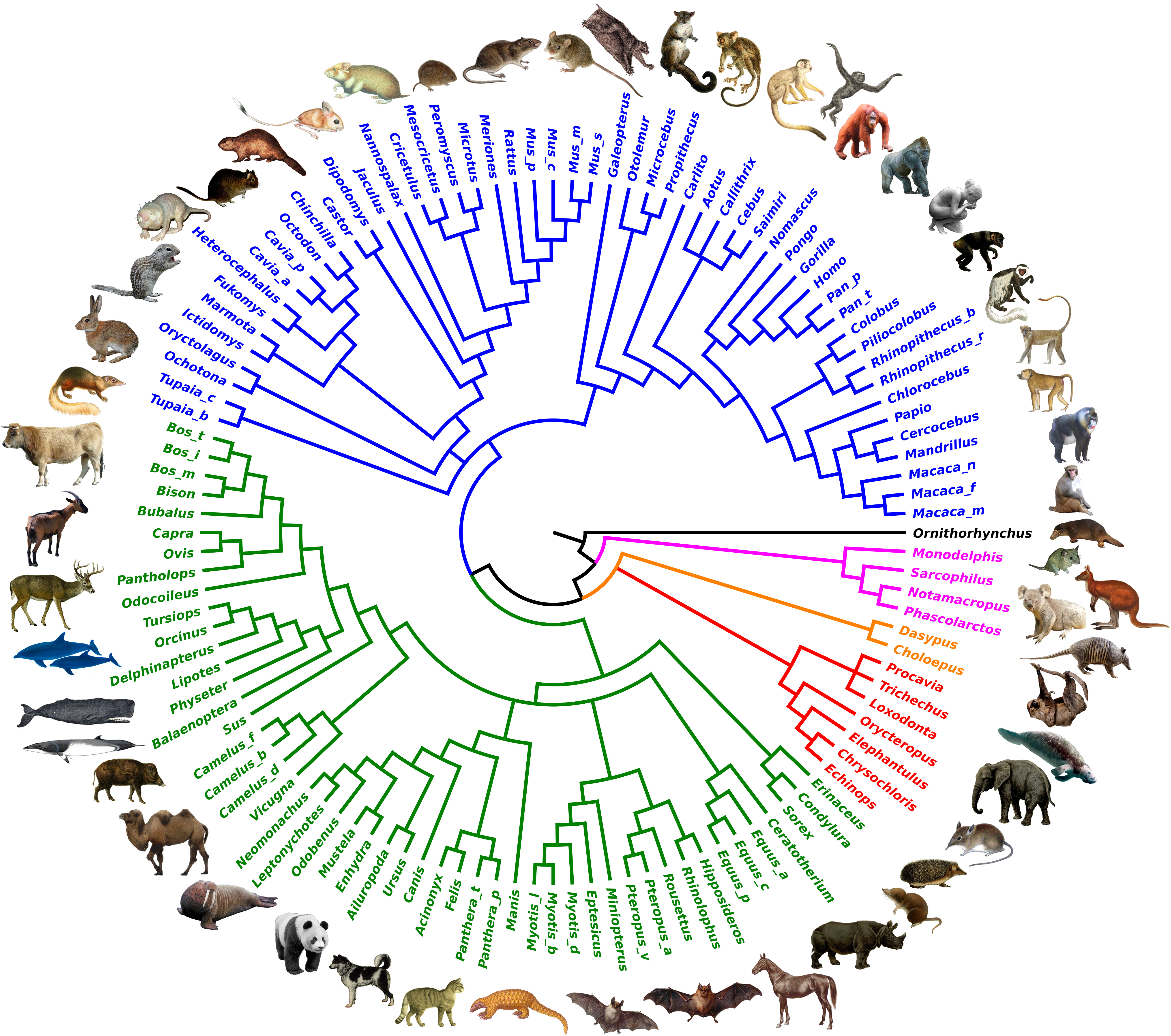Victoria Falls national park, Zimbabwe, Part of KAZA transfrontier park
One of natures greatest spectacles, the Victoria falls lie within the national park that takes its name, and in turn is part of the vast Kalahari Zambezi Transfrontier park. The area around the falls contains a wealth of wildlife, Covering a total area of 56 000 hectares, both parks lie on the southern bank of the Zambezi River which forms the border between Zimbabwe and Zambia. There are a number of picnic and fishing sites available. Activities include guided tours, walks, day and sunset cruises, game drives and adventure activities.
The Rainforest – Here visitors can see unique flora and fauna. Bird species and small mammals may be spotted beneath the forest canopy whilst following the paths through the groves of Date Palm, Fig and Mahogany.
The Game Park – Elephant, Lion, Buffalo, Leopard and White Rhino (the Big Five) can be seen in the park as well as herds of Eland, Sable Antelope, Zebra, Giraffe, Waterbuck and Kudu amongst other smaller species. The Zambezi River is known for its Bream and Tiger Fishing. There are two game drive routes, one accessed through the main gate and the other from just outside town on the Bulawayo road.

